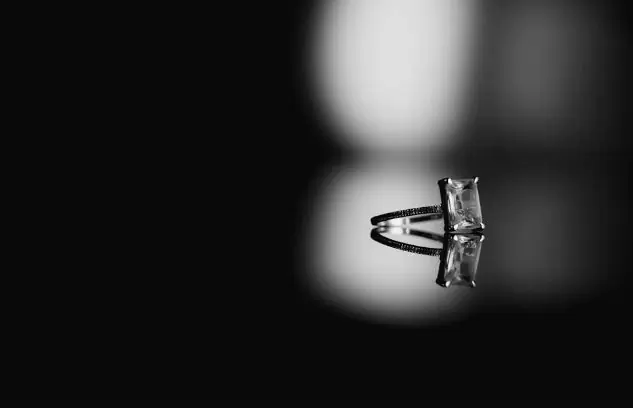Straight Flag or Heterosexual Flag Full Description
The Straight Flag or Heterosexual Flag has been gaining traction in recent years as the traditional symbol of sexual orientation. It is a way for members of the heterosexual community to visibly declare their identity and show solidarity with others who share their orientation. This article will take a closer look at the symbolism behind the flag, its history, and its current use. We will also explore how it can promote visibility and support those who identify as straight.
Straight Flag’s Historical Context
The Straight Flag was first proposed in 2010 by an anonymous user on 4chan to respond to the proliferation of LGBTQ+ symbols and pride flags appearing at this time. The original design featured three horizontal stripes with blue, pink, and white colors, which were meant to represent traditional gender roles: blue for men, pink for women, and white to signify their union together. Since then, several versions have been created that include more colors representing intersex people or other gender identities.
Straight Flag: What Does the Flag Represent?
The flag is a powerful symbol representing various ideas, beliefs, and values throughout history. But what does the flag mean in modern times? The Straight Flag, or Heterosexual Flag, is a symbol meant to represent heterosexuality. The LGBTQ+ community created this flag in solidarity with those who identify as straight or heterosexual.
This flag consists of three equal-sized stripes; two white on either side with one pink stripe in the middle. The white stripes signify tolerance and acceptance, while the pink stands for love and compassion towards those within the LGBTQ+ community who identify as straight or heterosexual. This symbolic gesture of inclusion helps foster understanding between different sexual orientations and allows for greater unity among all members of society regardless of their gender identity or sexual orientation.
Straight Flag: Meaning of Colors
The Meaning of Colors is an often overlooked aspect of expressing one’s identity. From the rainbow palette of the LGBTQ+ Pride Flag to the red, white, and blue stars and stripes of the American Flag, each hue holds a special significance that can’t be denied. An even lesser-known flag is that of heterosexuals – commonly referred to as a “straight flag.” This symbol comprises six equal horizontal stripes in alternating shades of red, orange, yellow, green, light blue, and dark blue. Each color has its unique connotation that many people are unaware of.
The colors on this particular flag represent several different things that are important to heterosexuals: red stands for respect towards other sexual orientations; orange symbolizes the partnership between individuals; yellow reflects happiness; green signifies fertility, while light blue expresses loyalty; lastly, dark blue stands for strength through unity.
Straight Flag: Criticism & Backlash
Criticism and backlash have been growing since the introduction of a so-called ‘straight flag.’ The design, an upside-down pink triangle on a white background, has been created to show heterosexual pride but is met with resistance from people who think it conflates sexual orientation with gender identity.
The cause of this controversy lies in the history behind the pink triangle. It was used during Nazi Germany to identify gay men for targeting and persecuting them. Those opposed to the straight flag feel that using this symbol for any other purpose cheapens its meaning and dishonors those who suffered under Nazi rule due to their sexuality. They are also concerned that it takes away from the fight for LGBTQ+ rights by taking attention away from more important issues such as conversion therapy or laws prohibiting discrimination against community members.
Support & Inspiration: The Straight Flag
The straight flag has been gaining traction recently as a symbol of support and inspiration for the heterosexual community. Representing sexual orientation, the flag is composed of three equal horizontal stripes colored blue, pink, and white.
The blue stripe stands for traditional masculinity, while the pink stripe stands for traditional femininity; both are meant to signify they are different but complementary components of heterosexuality. The white in the middle represents openness and acceptance between these two genders.
In addition to symbolizing support, this flag was created with a message of solidarity and unity. It is an effort to recognize that everyone has their own unique identity and should be respected regardless of their sexual orientation or gender identity.
FAQs about Straight Flag
What is the origin of the Straight Flag?
American artist Daniel Quasar designed the flag in June 2018 as part of his “Progress Pride” campaign, which aimed to create intersectional symbols that are more inclusive than traditional rainbow flags. It features four overlapping bars; pink, light blue, white, and light pink. These stripes signify a range of gender identities and orientations within the LGBT+ community while still honoring its roots in Stonewall-era activism.
Why do we need a Straight Flag?
Well, for one thing, straight people often feel excluded from pride celebrations. Many LGBT-centric events are very gay-centric and exclude straight allies.










